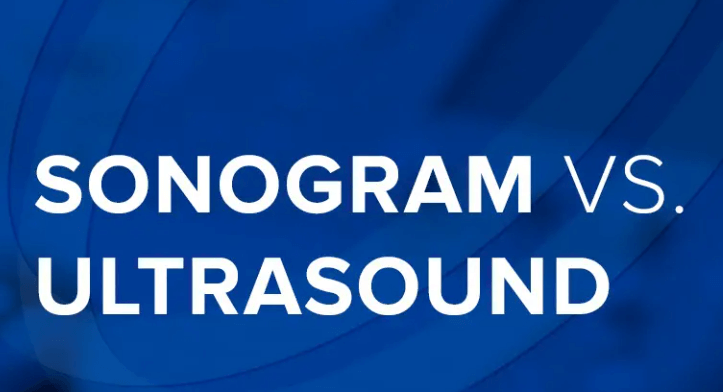“Exploring the Difference Between Ultrasound and Sonogram: FAQs and Insights”


Contents [show]
Introduction
When it comes to the world of medical imaging, terms like “ultrasound” and “sonogram” are often used interchangeably, leading to some confusion. In this informative guide, we will delve into the distinctions Difference Between Ultrasound and Sonogram, providing a clearer understanding of each term and their applications in healthcare. We’ll also address frequently asked questions (FAQs) to help demystify these essential medical procedures.
Defining Ultrasound and Sonogram
Before we explore the Difference Between Ultrasound and Sonogram, it’s essential to define each term.
Ultrasound
Ultrasound, often referred to as “ultrasonography,” is a medical imaging technique that uses high-frequency sound waves to create real-time images of the inside of the body. These images, known as ultrasound scans or ultrasounds, help healthcare professionals visualize various organs, tissues, and structures, aiding in diagnosis and medical assessment.
Sonogram
A sonogram is a still image or printout created from an ultrasound scan. It is essentially a visual representation of the structures and areas examined during the ultrasound. Sonograms are typically printed or displayed on a screen for healthcare providers and patients to review.
Understanding the Difference
Now that we have defined the terms, let’s explore the key difference Between Ultrasound and Sonogram.
1. Nature of the Examination
- Ultrasound: The difference Between Ultrasound and Sonogram refers to the entire procedure, including the use of the ultrasound machine to create real-time images by sending and receiving sound waves.
- Sonogram: A sonogram is a static image or printout that is generated as a result of the ultrasound examination. It captures a specific moment during the procedure.
2. Purpose
- Ultrasound: The primary purpose of an ultrasound is to provide real-time images that healthcare providers can use to examine the organs and structures within the body.
- Sonogram: A sonogram is a visual record of the ultrasound examination, serving as a reference for healthcare professionals and a keepsake for expectant parents during pregnancy.
3. Usage
- Ultrasound: Ultrasounds are used for a wide range of medical purposes, from diagnosing and monitoring medical conditions to assessing the health of a developing fetus during pregnancy.
- Sonogram: Sonograms are essentially the outcome of an ultrasound and serve as a reference point for healthcare providers, helping them make accurate diagnoses and treatment decisions.
FAQs about Ultrasound and Sonogram
Q1: Are ultrasounds and sonograms safe?
A: Yes, both ultrasounds and sonograms are considered safe. They use sound waves instead of radiation, making them non-invasive and harmless.
Q2: Can I request a copy of my sonogram after an ultrasound examination?
A: Yes, many healthcare providers offer copies of sonograms to patients, particularly in cases involving prenatal care. It can serve as a cherished memento of your pregnancy.
Q3: Are ultrasounds and sonograms used solely for pregnancy monitoring?
A: No, while pregnancy monitoring is a common application, ultrasounds are used for a wide range of medical purposes, including assessing organs, blood vessels, and soft tissues in various parts of the body.
**Q4: Do I need special preparation for an ultrasound or sonogram?
A: The preparation requirements vary depending on the type of ultrasound or sonogram. Your healthcare provider will provide specific instructions if any preparation is necessary, such as fasting for certain abdominal ultrasounds.
Q5: Can ultrasound and sonogram results be misinterpreted?
A: Accurate interpretation of ultrasound and sonogram results requires skilled healthcare professionals, typically radiologists or sonographers. While misinterpretation is rare, it’s essential to rely on qualified experts for accurate assessments.
Read also https://thedailytribute.com/
Conclusion
Understanding the difference between ultrasound and sonogram is essential for both patients and healthcare providers. Ultrasounds are real-time imaging procedures that use sound waves to visualize internal structures, while sonograms are the static images or printouts produced during these examinations. These terms are often used interchangeably, but knowing the distinction can help improve communication and ensure clarity when discussing medical imaging procedures. Whether for diagnostic purposes or capturing cherished moments during pregnancy, both ultrasound and sonogram play valuable roles in modern healthcare.
Also Read: “When Do You Get Your First Ultrasound: Timelines and FAQs”




